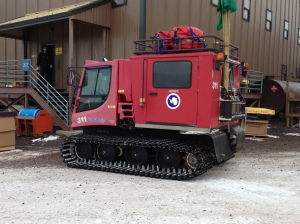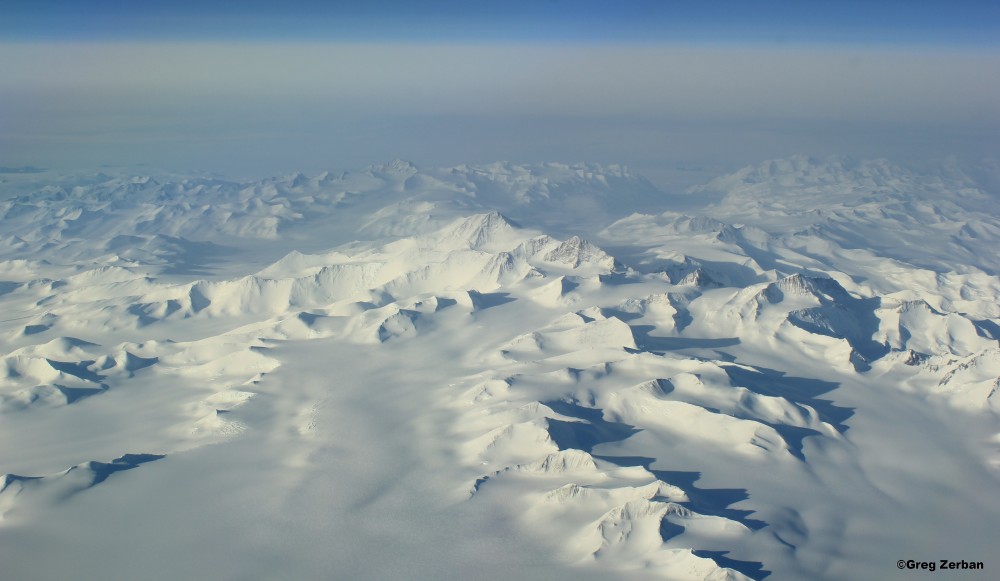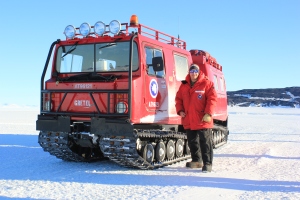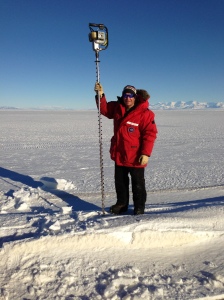Here are a few of the vehicles that I use in Antarctica. Just about everything down here is setup for driving on snow and ice.

This is a Pisten Bully. We use these to carry people, supplies, and also move snow (if they have a blade). They are really fun to drive!

This is a Pickle. It’s an old Navy vehicle that was originally used for offloading ships. We use them to move snowmobiles, generators and other aviation equipment. They are hinged in the middle and the forks can tilt if you are not on level ground.

Ford Superduty with Mattracks. All the Ford vehicles down here either have lift kits with really big tires, or Mattracks to get through the snow and ice. We have lots of Ford vans and trucks all over the station. They are all bright red and have National Science Foundation logos on them.

This is a Hagglund. They are great for driving on the snow and ice. We used this one to go out on the Ross Sea Ice. The trailer in the back is used to carry people and supplies. Our survival bags are located on the trailer roof. They have everything we need to survive in the harsh Antarctic environment if we get stranded out in the field.









